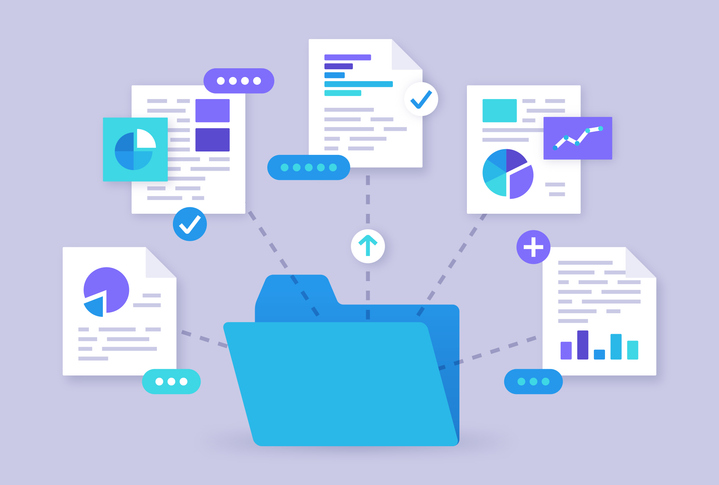While organisations race to pilot new tools and gain use cases, a more basic issue is surfacing: most environments are not ready to support AI at scale. Models are advancing. Governance frameworks are maturing. But digital maturity – especially at the infrastructure and employee experience level – is lagging.
This article argues that digital maturity, not algorithm quality, will decide which organisations succeed with AI. It explains why AI efforts often stall when layered onto fragmented digital environments. In such conditions, AI does not accelerate transformation; instead, it exposes underlying weaknesses. The article also shows that for AI to work in practice, not just in theory, CIOs must first improve digital employee experience (DEX).
The asset of maturity
While the link between digital maturity and AI outcomes plays out across the enterprise, it is clearest in employee-facing use cases. Many AI tools being introduced into the workplace are designed to assist with routine tasks, surface relevant knowledge, or to summarise documents and automate repetitive workflows. On paper, they promise speed and efficiency. In practice, their effectiveness depends entirely on the quality of the environment around them. If an application is slow to open, if the endpoint lags, if the AI assistant cannot access key systems, or if the employee has to navigate five disconnected tools to complete a single task, the AI will either misfire or be ignored altogether.
These are not theoretical concerns. Organisations deploying AI for digital workplace automation are encountering failures when those systems are introduced into under-integrated environments. Bots interrupt rather than support workflows. Recommendations appear without context. Employees revert to old habits because the new tools are not reducing effort, they are adding to it.
In one example referenced in Gartner’s workplace maturity framework, an enterprise had deployed a cloud HR suite, mobile devices, collaboration tools and a self-service IT platform. Despite those investments, the workforce experience remained disjointed. Applications were not integrated. Tools were deployed without mapping actual user journeys. Frontline staff still encountered significant friction in everyday tasks. This reflects a common gap between technology deployment and digital maturity. Simply rolling out systems is not enough. What matters is how those systems operate together, in context and real time.
The importance of digital employee experience (DEX)
This is where digital employee experience (DEX) becomes essential. DEX, when integrated as part of an end-user computing (EUC) estate management approach, enables organisations to go beyond basic system monitoring. It augments IT service management by providing historical context for incident response, streamlining root cause analysis, and proactively identifying and resolving issues before they affect productivity. This level of visibility enhances AI and automation strategies, not in isolation, but as part of a digitally mature workplace where insights are continuous and actionable.
With DEX maturity, organisations begin to change how they understand and deliver technology. Early efforts often focus narrowly on devices or support tickets. More mature organisations shift their focus toward employees, designing services around user personas, mapping full task journeys across tools and monitoring how those journeys perform in real time. Telemetry moves beyond technical diagnostics, becoming a strategic input for decision-making, investment planning and continuous improvement. Experience data becomes a foundation for IT operations and transformation.
DEX helps determine not just whether AI systems are working, but whether they are working well for humans. That insight is essential when deploying automation, assistants or decision-support tools that depend on user engagement. Without it, AI is blind to the real-world complexity of the digital workplace.
In this context, AI is not a stand-alone initiative. It becomes part of a broader effort to remove friction, streamline processes and support employees more intelligently, informed by evidence rather than assumption.
Where maturity is lacking, AI tends to be misapplied. Automation is aimed at the wrong processes. Recommendations appear in the wrong context. Systems respond to incomplete or misleading signals. The result is friction, not transformation. Organisations that have meaningful visibility into how work actually happens, and where it slows down, can identify where AI would make a measurable difference.
What it means for you
The implication for CIOs and CTOs is that digital experience data must be treated as strategic infrastructure. It should not be considered an operational tool or a bolt-on metric. It should be built into the design of AI initiatives, the measurement of outcomes and the roadmap for digital workplace investment. AI introduced without this foundation is unlikely to scale or succeed.
Experience-level metrics will also need to evolve. Traditional IT measures such as uptime or ticket volume provide a partial view. Organisations are increasingly adopting experience-level agreements (XLAs), which track how digital services support key tasks and user journeys. This shift reflects a deeper truth: maturity is measurable. By using real-time and historical data to monitor digital friction, responsiveness and continuity, CIOs can link AI initiatives to productivity and satisfaction outcomes.
Digital maturity is no longer a background IT objective. It is now the frontline requirement for AI success. For enterprise leaders seeking to move beyond pilots and into real productivity gains, the question is not whether the models are ready. The real question is whether the organisation is.
Oli Giordimaina is chief product officer at Lakeside Software.
Read more
Data maturity and the squeezed middle – the challenge of going from good to great – Apply Digital’s Neil Trickett explains how data maturity has changed the game since 1996 and how to ensure success for your business
Eight steps to a successful AI implementation – In this article, we outline the eight key implementation steps to help AI and machine learning deliver on its full potential
Why AI needs a kill switch – just in case – Artificial Intelligence is progressing fast, leaving organisations open to threats. Here’s how to put the kill switch on AI when you need to






